Discovering our mission
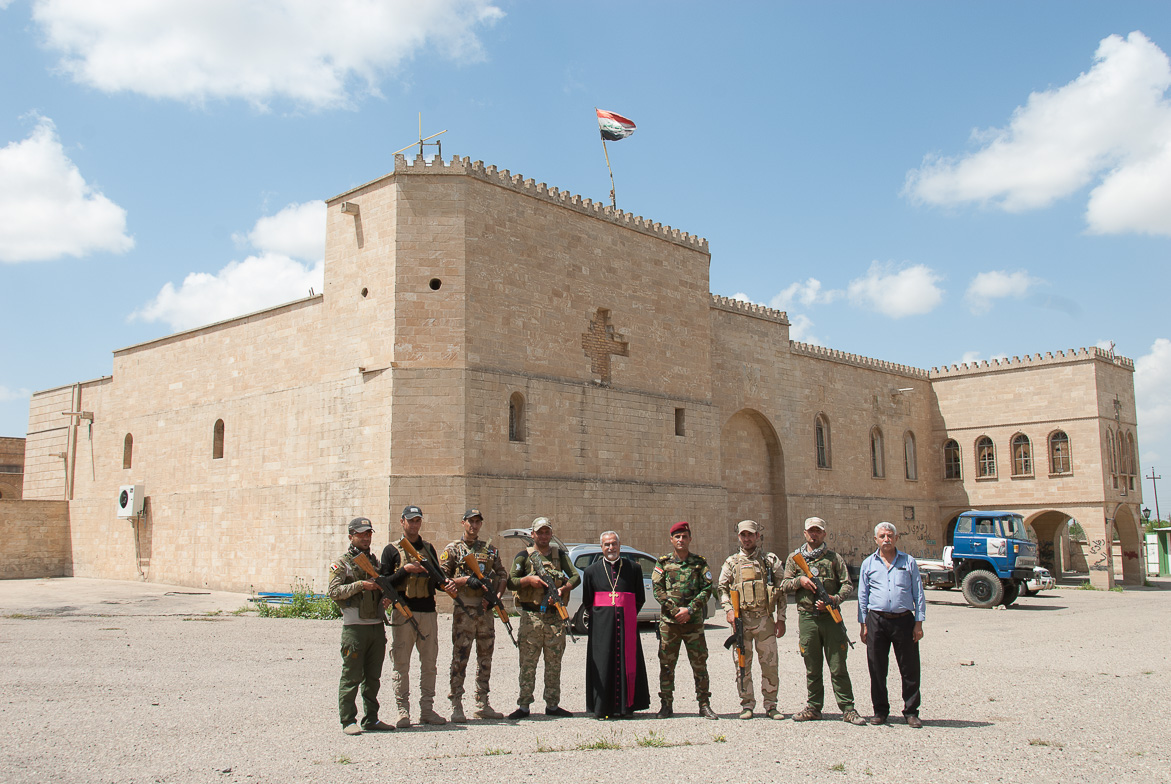
Preserving architectural heritage, preserving nations’ memory
This website draws up a partial and well-informed inventory of the Christian (Assyrian, Chaldean, Syriac) as well as Yazidi architectural heritage in Iraq. This testimonial inventory is first dedicated to the concerned population, both people still living in Iraq and those living abroad in diasporas, and is also dedicated to scientific researchers.
It is open and accessible to anyone, and contributes to preserving both the heritage’s memory and its transmission. It takes part, and that is our aim, in the revival of native endangered communities, which have faced massive, and sometimes non-reversible, destructions.
Therefore, through this website, we hope to encourage the revival of a new Iraqi citizenship, respectful of identities and religions.
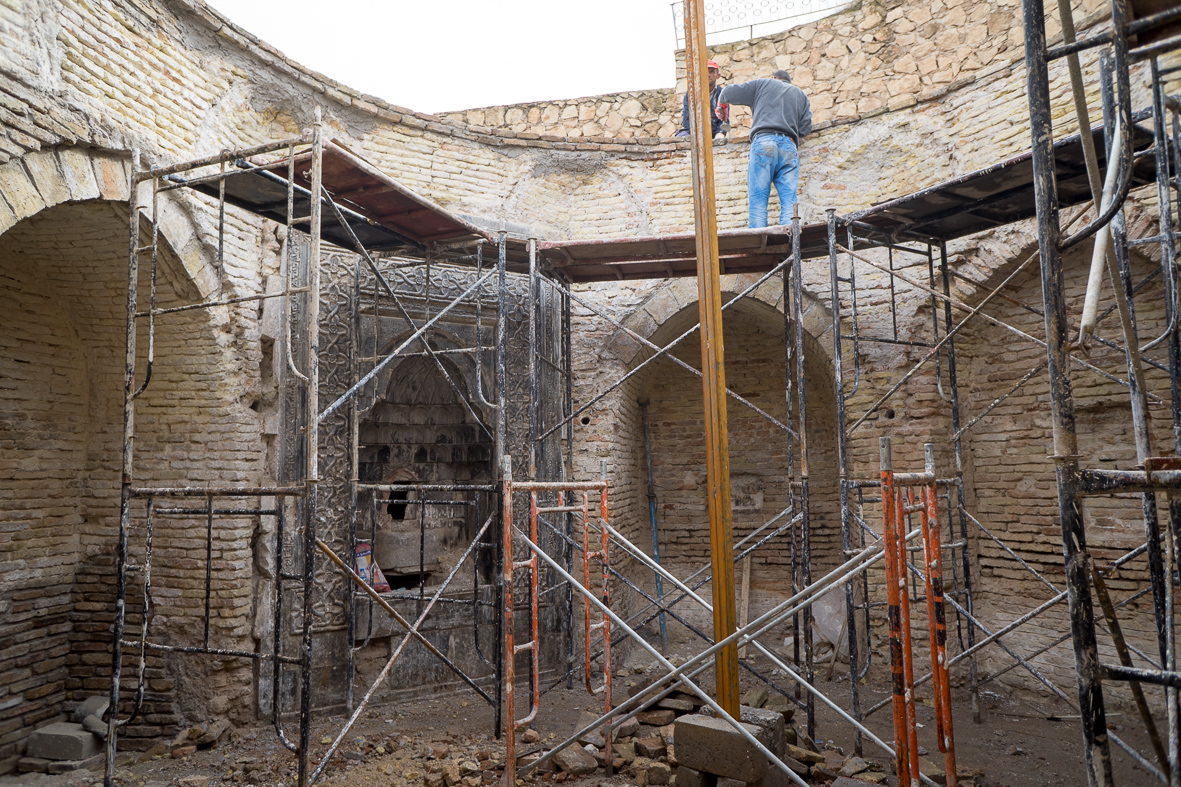
The MESOPOTAMIA Heritage project concerns the entire Iraqi territory.
Our investigators intend to explore the Nineveh plain, Mosul, Kirkuk, Baghdad, Basra and Kurdistan.
We want to collect and give information about the largest monasteries as well as the smallest hermitages, about modern churches as well as the most ancient ones, about the most famous temples and the mausolea the most difficult to reach, about cemeteries and lively places.
We also collect testimonies and statements, from the most outstanding to ordinary ones, just to illustrate how vivid this ancestral and contemporary heritage is.
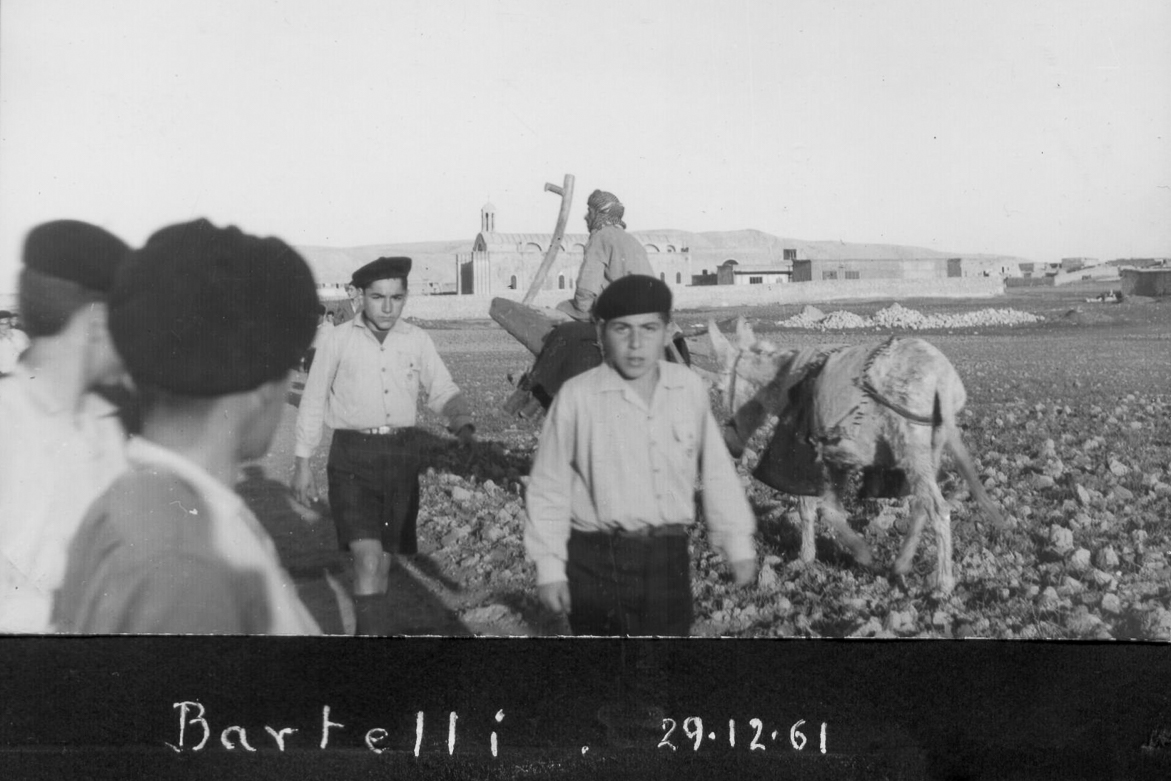
MESOPOTAMIA Heritage website is open to anyone’s active collaboration.
Children, grown-ups, girls and boys, Iraqi people in all countries and visiting travellers, you can all contribute to preserving the Iraq Christian and Yazidi heritage’s memory, by sending your copyright-free documents to MESOPOTAMIA Heritage.
In doing so, you take part in the transmission and preservation of this heritage. You can provide input by sending us pictures, drawings, maps, videos… in one click on I TAKE PART or in the tab PARTICIPATE in the menu.
Documents will be posted as they come in.
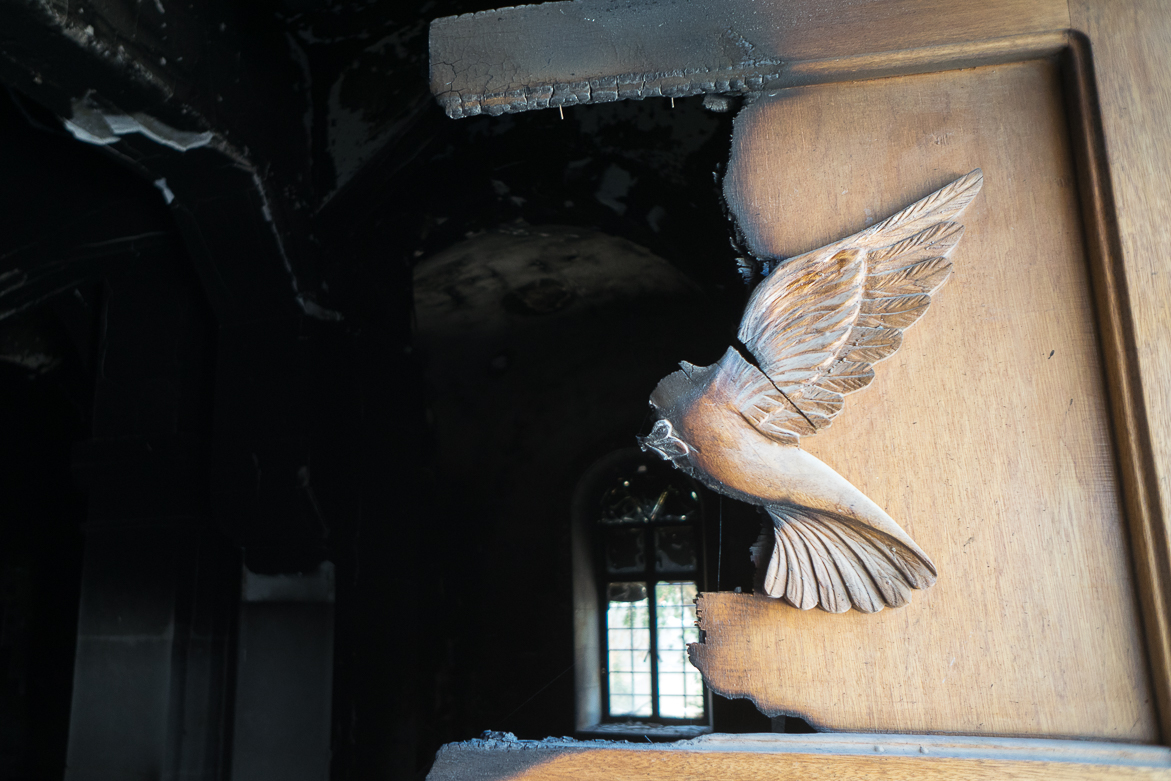
The origins of the MESOPOTAMIA Heritage project
In this region situated between the Tigris and the Euphrates, cradle of civilisation, Christian people from Iraq (Assyrians, Chaldeans, Syriacs, Armenians) as well as Yazidis contributed to shaping both this land’s identity and the Iraqi citizenship.
Those communities, persecuted over the last years in Mosul, in Sinjar and throughout the Nineveh plain, are now struggling to survive.
In these circumstances emerged the MESOPOTAMIA Heritage project. And it is on this intuition that we based our approach: taking care of living people also means taking care of their heritage.
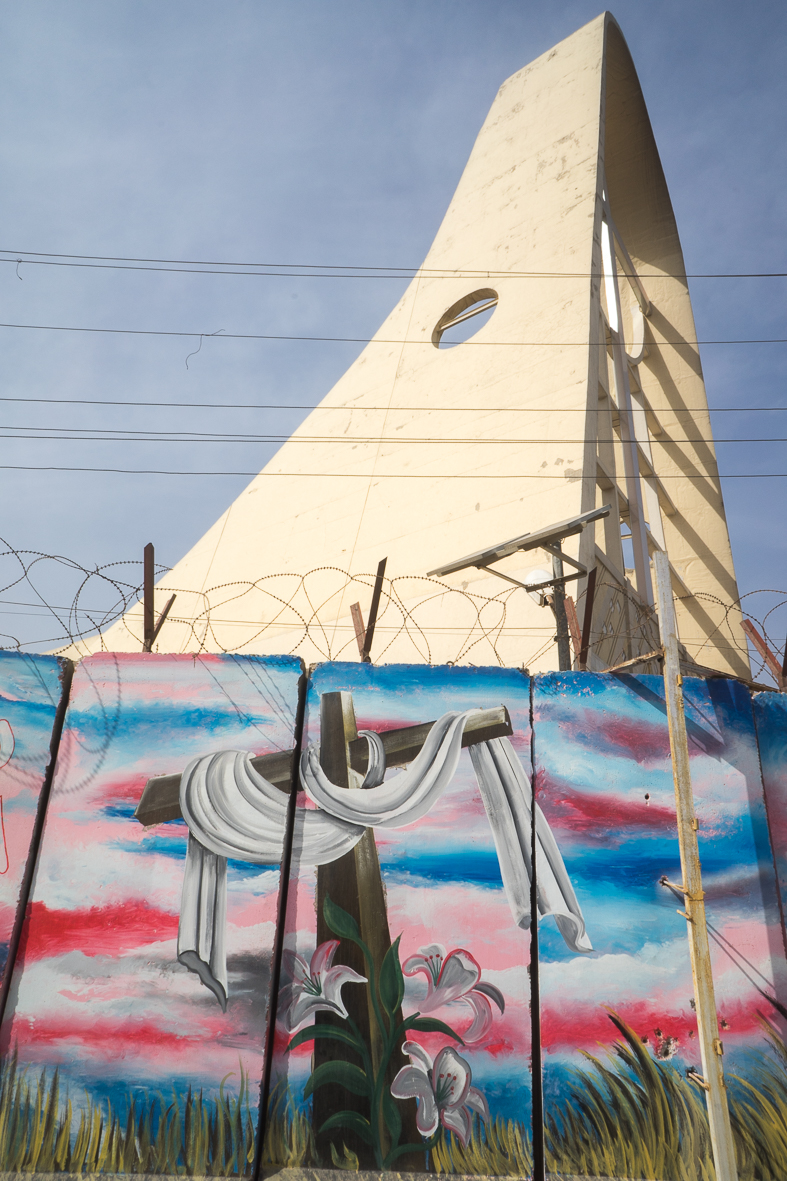
About Christians in Iraq
The narrative of God’s revelation to Abraham starts in a region which is modern-day Iraq. Abraham “father in faith” was born in Ur in the Chaldees, in the South of the country. This land between the two rivers is very often mentioned in the Bible, through its Heaven on Earth, the Flood, the Tower of Babel, the Hebrews being deported first to Nineveh, then the Babylonian exile. This time of captivity gave birth to the prophecies of Daniel, Jeremiah, Ezekiel, Tobit and Jonah, in whose book he asserts that it would take 3 days to go through the whole city of Nineveh.
In the real mosaic of people and religions that shape Iraq today, the Christians are not an exception in terms of diversity. There isn’t one single Church in Iraq. There is the Church of the East, so called “Nestorian” or “Assyrian”, the Ancient Church of the East, the Syriac “Orthodox” or “Jacobite” Church, the Syriac Catholic Church, the Chaldean Catholic Church and the Armenian Church.
At the beginning of Christianity, after the Christ’s death, a Church emerged in Antioch, the Syrian Church, which used Syriac as liturgical language. A separation will occur between the West and the East Syrian Church. The natural border at that time between the Western and the Eastern civilizations was the Euphrates River, beyond which lay the Persian Empire.
The evangelization of Iraq is attributed to the apostle Mar (Saint) Thomas, who is said to have come together with Mar Mari and Mar Addaï. The antique Nineveh quickly became a settlement of one of the very first Christian community in Mesopotamia. From then on, Christianity developed rapidly in Iraq and arose as the “Church of the East”, with its spiritual centre in Seleucia-Ctesiphon, on the Tigris River banks, about 35 km away from modern-day Baghdad.
The Council of Ephesus in 431 and the Council of Chalcedon in 451 both ended up in schisms, first with the Church of the East and then with the Antiochian Syriac Church. From then on, those two autocephalous churches split from the Roman Catholic Church but were already deeply settled throughout Iraqi Mesopotamia. They were quite divided within themselves, and forged diverging geopolitical alliances which had a long-term influence on the region’s history.
In 1552, a serious crisis of patriarchal governance within the Church of the East led to the creation of the Chaldean Church which chose to turn to Rome, and is now referred to as Chaldean Catholic Church. In 1963, a disagreement about the use of a particular calendar led to another schism, again within the Church of the East, which gave birth to the “Ancient Church of the East”.
In 1785, tensions appeared within the Antiochian Syriac Church and led to the creation of the Syriac Catholic Church, depending on Rome. The Antiochian Syriac Church was called from that time on “Orthodox” or “Jacobite”.
Lastly, the Apostolic Armenian Church settled in Iraq in the middle-age, and that region saw the arriving after 1915 of a new Armenian Christian community, escaping the genocide of Armenians in the Ottoman Empire.
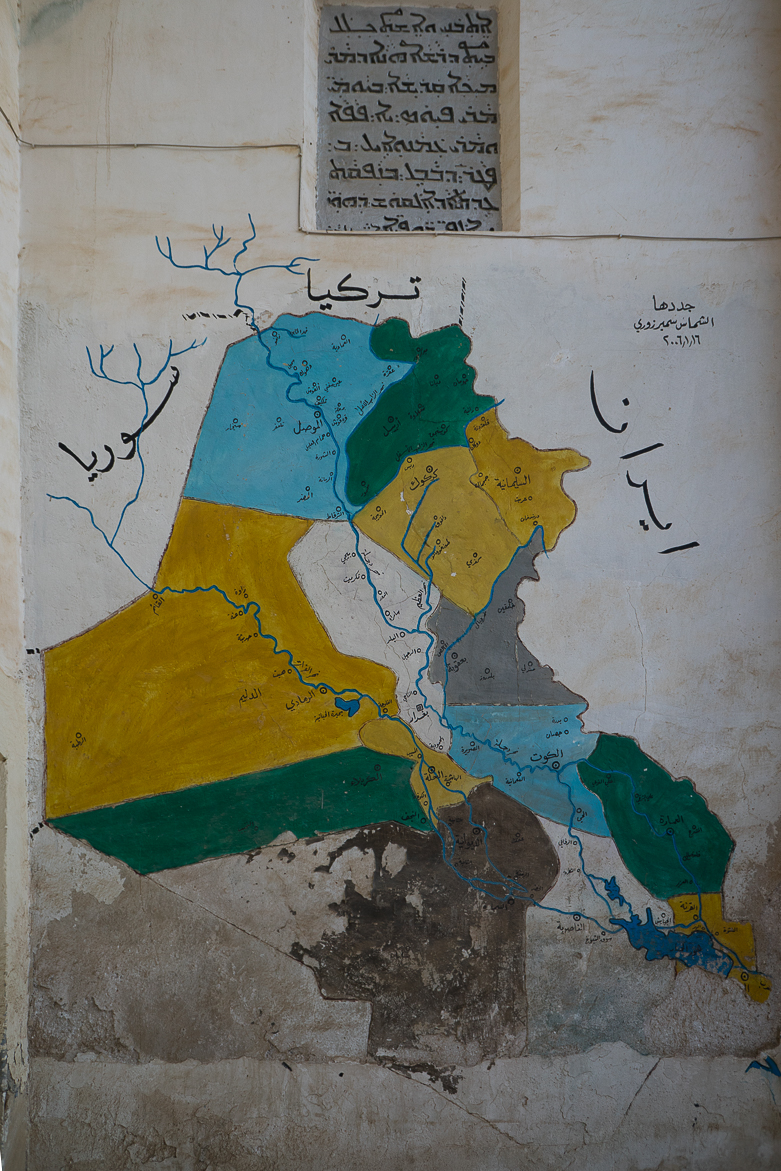
About Yazidis in Iraq
Although they are mainly to be found in the autonomous region of Kurdistan in Iraq, which is their birthplace, Yazidis are also present in Turkey, in Caucasian, Armenia and Georgia. Usually considered as Kurdish people who have not converted to Islam, often denigrated because of their faith, Yazidis make up a community and the number of its members is very difficult to estimate. Before 2003, Baghdad used to assert they were only a few thousands when they were more than likely a few hundreds of thousands!
All the ingredients were there for a genocide attempt even before ISIS slaughtered and abducted them in August 2014, in the mountain of Sinjar, Nineveh province. And even after the retake of the mountain of Sinjar in November 2015 by Iraqi military forces and allied armed groups, some of the 500 000 to 600 000 Yazidis are still currently displaced. The persecutions they had to face make them fear their own future, despite the constitutional rights they have been granted in 2005.
Help us preserve the monuments' memory
Family pictures, videos, records, share your documents to make the site live!
I contribute